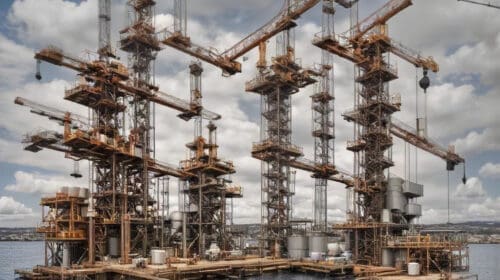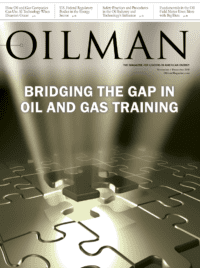As we get closer to the end of the year and look back at the activity during the past several months, it’s easy to say that the industry can be termed as the bounce back year. Some may say it has been a steady year, with not much to discuss, and yet a few in the industry felt the pain of further cut backs.
On the financial side, the price per barrel has remained in a range comfortable for most producers to earn a profit. This in turn fuels a healthy market for companies to buy equipment, hire personnel and invest in expansion. Proof of this is clearly shown in the Permian and Eagle Ford Basin. Operators are doing so well there, they are producing record amounts of oil and gas, but getting it to the market has been painful. The pipeline bottleneck and shortage of truckers has slowed down flow for export to the Gulf of Mexico. However, it has been reported over the past year that several new pipelines will open in 2019 and in turn will improve the flow to export terminals.
Product and service technology in the oil and gas market is growing and improving at every turn. The industry now has a taste for machine learning and what IoT can do and there is no turning back. Blockchain still in its infancy in the crude market, but it will be just as common in years to come. Innovation and technology are key to improving business efficiency so that employees and processes perform better. If the correct technology is in place and employees are performing well with its use, the results in many companies are often improved market share and a business that is thriving.
In this issue of OILMAN our feature article is about oil and gas training and continuing education. As I mentioned, deploying the best technology that is the right fit for each employee’s role is key, but not training or hiring qualified employees ultimately weakens a company’s capital investment in the new technology. Knowledge transfer is crucial as well. When older employees are set to retire it’s in a company’s best interest to transfer long held knowledge to younger employees entering the field. Recent graduates or entry level employees often come with fresh ideas. Companies benefit the most when they merge time-tested knowledge from seasoned personnel with new processes from recent recruits, when that’s coupled with emerging technology, the end result is improvement in productivity.
The CEO of U.S. Energy Media, Emmanuel Sullivan is a technical writer who has built up his profile in the oil and gas industry. He lives and works in Houston, where he publishes Oilman and Oilwoman on a bimonthly basis, and Energies quarterly, distributing the magazine to energy thought leaders and professionals throughout the United States and around the world. At a time when technology is rapidly changing, he provides an invaluable service to oil & gas, and renewable energy executives, engineers, and managers, offering them both broad and specific looks at the topics that affect their livelihoods. Sullivan earned his BA in Communications at Thomas Edison State University and his MA in Professional Writing at Chatham University.











